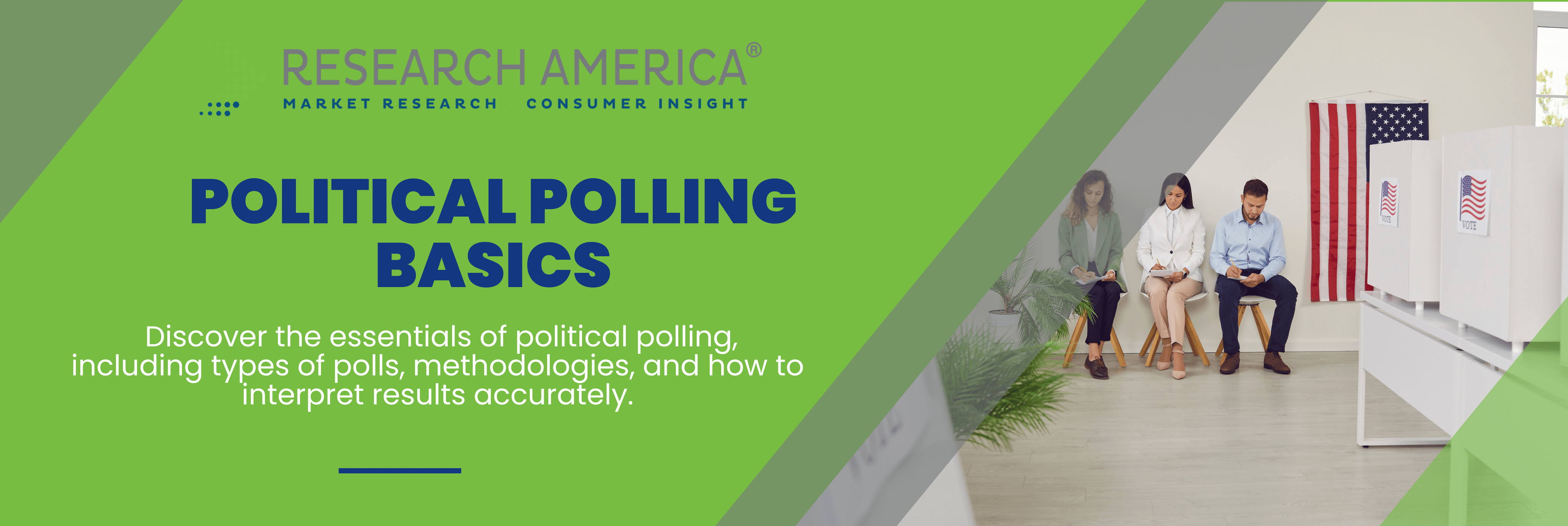
- Home
- Services
- Products
- About Us
- News
- Industries
- Resources
- Contact
Newtown Square • Philadelphia • Detroit • Cincinnati • Sacramento • Rochester • Willow Grove • Orlando • Buffalo

Political polls play a very important role in the landscape and public opinion of elections. Voters' intentions, preferences, and behaviors are ascertained through polls, and that gives one a snapshot of the political climate. Information gathered is invaluable for contenders, parties, and analysts seeking to comprehend and modify voter behavior. Nonetheless, comprehension of the dynamics and implications of political polling go far beyond this; it is important to know more about its elements.
Evidently, only time will tell, but the election cycle promises to be as dynamic and contentious as ever, thus making the need for accurate polling even more crucial than previous times. More than the numbers on the screen, political polls are the collective voice of the electorate at any given time. They decide and drive campaign strategies, media coverage, and in some cases, voter turnout. These polls are basically carried out in ways that reflect knowledge of their types and how their results should be interpreted. After all, an individual keen on the political process will always be inquisitive to know about such polls.
Political polls are actually barometers for public opinion and capture voter preferences at any one time. They can be taken to measure performances of candidates, sentiment on certain key issues, as well as the possibility of election outcomes. Moreover, political polls help candidates and political parties know where they are relatively strong and weak in their campaigns. A candidate may notice a decline in popularity and review their strategy or campaign message. All stakeholders, be it campaign managers or journalists, are equally empowered by the snapshot provided by political polls.
The voting patterns or trends in voting, according to the polling data, also point to time. It is critical information to trace changes in demography such as the voting behavior changes by age groups, ethnicities, or regions. It is where quick changes in public opinion are anticipated that even more accurate and up-to-date polling data will become crucial.
Polling remains essential because it provides a scientific method of gauging public opinion. In the complex, highly politicized environment, the accuracy of the polls becomes a key transparency and accountability instrument. Polls attract media attention to which candidates are heading up or down. Media attention does affect voter perception and behavior. If properly conducted, polls serve as reality checks for campaigns, anchoring them in real feelings from the voters rather than wishful thinking.
Apart from this, political polling allows the incorporation of the electorate. Knowing where candidates stand can galvanize discussions and debates that will encourage more informed choices at the ballot box. As campaigns continue to become more data-driven, the role of polling will only continue growing; therefore, the accurate measurement of voter intentions and preferences becomes indispensable.
Different kinds of political polls offer varied insights:
Understand when and how different types of polls are applied to get an all-rounded perspective.
Political polling relies on robust methodologies for data collection to ensure that the collected data represents the true feelings of the voters. There are a number of methodologies used in the following scenarios:
Accurate political polling is full of its own challenges. Here's the solution to common issues First, sampling errors need to be minimized. This can be done through sampling of large and diverse sizes. Also, proper weighing techniques could then correct imbalances in the sample.
What the interpretation of the results, whether it is correct or not, does depend on is a knowledge of key metrics involved. For now this supplies one list of some common metrics and what they mean:
Interpretation of opinion polls is quite easy not to do incorrectly but pitfalls from the ignorance side must be avoided. These are: Over-emphasis on small changes: Small changes in figures do not reflect a change in the opinions really, but it should be regarded through a bigger perspective than fidgeting over the minor movements.
This is political polling, something that has remained the most important tool in capturing public sentiment and guiding electoral strategies. To do this effectively, you need to know precisely which methodologies to apply in taking the poll, among which include random and stratified sampling. Once you draw an informed conclusion based on correct interpretation of margin of error and confidence level, it will surely represent a better understanding of the voter intention.
For expert assistance with your political polling and quantitative market research needs, look no further than Research America. Our team is equipped to provide the insights and data you need to make informed, strategic decisions. Reach out to us today to start your tailored research journey.